Beef Cuts: Korean vs American
I recently bought some brisket from an American grocery store. But when I brought it home and cooked it, it looked and tasted different from the Yangjimeori (양지머리 – also labeled “brisket”) that I usually buy from the Korean supermarket. And this is not the first time– it has happened to me many times before and always wondered why. I had a feeling that maybe the two beef cuts were not from the same part of the brisket. And so I started my quest for the truth..
I have researched for hours on end trying to figure out how Korean beef cut and US beef cut correspond to each other. OK, yes, they use quite different primal cuts (primal cuts are largest units of cuts that is further divided into individual retail cuts that are sold at stores) – and that’s fine. But what confused me terribly were the English cut terms used in Korean documents (I figured out eventually – after much frustration- that the terms used in Korea are mostly Australian and Canadian terms. Probably because US beef import was banned from 2003-2008 ). What was also frustrating was even within the US, the cut diagrams and names were not always the same.
Anyway, here is the diagram that I used for the US retail beef cuts:
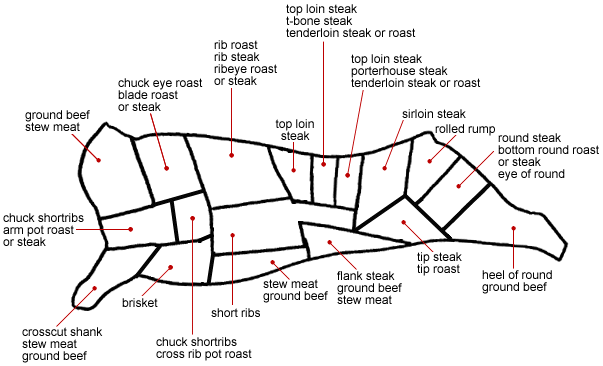
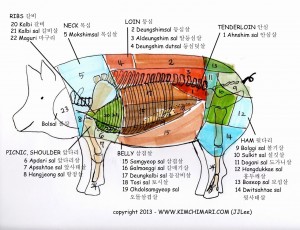
BTW, if you want to know more about Korean vs US pork cuts, read more at my Know Your Pork Cut!! post.
Did you know that the US beef cuts are usually around 22, French and English cuts are 35 and the Koreans beef cuts can go up to a staggering 120? However, the most popular cuts used today in Korea cooking is 50 including almost all the organs, head and tail. During the Joseon dynasty, Koreans enjoyed beef a lot and the term “one head with 100 tastes (일두백미)” came about. It referred to the fact that one cow can be cut to create 100 different tastes. Before Korean started to import beef, beef was always very expensive and this is probably why every part of the cow was utilized in Korean cooking.
Americans love steak, therefore, many primal cuts of beef are cut into cross sectional thick pieces to produce all different tender cuts of the steak. After that, bigger chunks used whole as roasts (for BBQ) or cut into cubes for stews or kabobs. Finally, any miscellaneous, not-so-tender meats are usually gathered together to make ground beef.
Koreans love soups and grilled meats. So any tough meat–including tendons and bones–are boiled in soups (탕 tang) or cut into very thin slices against the grain (sometimes paper thin as in chadolbaeki/chadolbaegi (차돌백이) and grilled (usually unseasoned). More tender meats are sliced a little thicker and marinated to make bulgogi. The very tender meats are cut even thicker and grilled, unseasoned. Ribs are cut thin (as in LA Kalbi) or fanned out, marinated and grilled as Korean BBQ Kalbi or braised/boiled.
The table below lists the most widely used Korean cuts grouped under US primal cuts along with their corresponding US cuts. Chances are, you probably won’t need half of the cuts I listed here but I wanted to make the table somewhat complete – yeah, it’s an obsession I have…This list will definitely come in handy if you ever visit a legitimate Korean BBQ restaurant that serves a whole slew of different cuts of meat for grilling – each with a different texture and flavor.
In addition, I also discuss which beef cuts work best for of each method of Korean cooking.
Soups(국 Guk or 탕 Tang)
- chuck meat (kkurisal 꾸리살, jaebichuri 재비추리) for stock, plain meat soup
- ribs (kalbi 갈비) for Kalbitang(갈비탕)
- brisket(yangjimeori 양지머리) for Yukejang(육계장), Jangjorim (장조림), Dduk Guk(떡국)
- shank (sahtae 사태)
- knuckle (doekanisal 도가니살) for Doekanitang (도가니탕)
Tip : start with cold water and meat, bring to boil and simmer until meat is very tender. Add onions, green onions for additional flavor.
Stew/Hotpot (찌게 Jjigae/전골 Jeongol)
- neck meat(mokshim 목심)
- brisket(yangjimeori 양지머리)
- foreshank(apsahtae 앞사태)
Tip: Usually cut into small thin bite size pieces. Always cut against the grain.
Grilling (구이 Gui)
grill recommended:
- tenderloin(ahnshim 안심)
- rib eye(deungshim등심)
- strip loin(chaekkeut 채끝)
- outside skirt(ahnchangsal 안창살)
- under blade steak/roast(salchisal 살치살)
- brisket(chadolbaegi 차돌백이)
grill and marinated bulgogi recommended:
- neck meat (mokshim 목심)
- boneless top, bottom round(wudun 우둔, seolkisal 설기살)
- chuck tender (kurisal 꾸리살)
- blade steak (buchaesal 부채살)
Tip: The more tender meats are sliced and then grilled, unseasoned. The more tougher meats are best marinated and grilled as bulgogi.
Braised (Jjim 찜, Jorim 조림)
- short ribs (kalbi 갈비) for Kalbijjim 갈비찜
- shank (sahtae 사태)
- boneless top, bottom round(wudun 우둔, seolkisal 설기살)
Tip: Meats are first cooked slightly and then well seasoned, simmered in sauce until reduced, for a long time making the meat fully tender.
Boiled Meat (Suyuk 수육, Pyeonyuk 편육)
- brisket (yangjimeori 양지머리)
- shank (sahtae 사태)
Tip: To keep the flavor within the meat, cook in boiling water. Use any or all of green onion roots, peppercorns, garlic, onion and rice wine for smoother taste. Slice against grain – see my Gogiguk post. BTW, suyuk is meat that is simply boiled and served in slices and Pyeonyuk is suyuk with fat and water squeezed out by further pressing with heavy weights to wring out any fat or water from the cooked meat.
Steak tartar (Yukhwe 육회)
- shank (sahtae 사태)
- flank steak (chimasal 치마살)
- chuck tender (kkurisal 꾸리살)
- boneless top, bottom round(wudun 우둔)
Jerkey (Yukpo 육포)
- boneless top, bottom round(wudun 우둔)
- eye of round (hongdukkaesal 홍두깨살)
| PRIMAL CUT |
Korean |
US |
| Chuck | Deungshim (등심) | Chuck+rib eye roll |
| Mokshim (목심) | Neck meat | |
| Jaebichuri (제비추리) | Neck chain | |
| Kkurisal (꾸리살) | Chuck tender/mock tender | |
| Buchaesal (부채살) | Blade roast/steak or Flat Iron Steak | |
| Salchisal (살치살) | Under blade pot roast/chuck flap | |
| Kalbi (갈비) | Short ribs: #1-#5 | |
| Rib | Kkotdeunshim (꽃등심) | Rib eye roast/steak |
| Kkotkalbi (꽃갈비) | Ribs: #6-#8 | |
| Deung(cham)kalbi (등(참) 갈비) | Back ribs: #9-#13 | |
| Short Loin | Chaekkeut (채끝) | Top loin, strip loin |
| Ahnshim (안심) | Tenderloin | |
| Sirloin | Boseopsal (보섭살) | Top sirloin (rump/butt) |
| Samgaksal (삼각살) | Tri tip | |
| Brisket | Yangjimeori (양지머리) | Brisket (flat cut/flat half/first cut) |
| Chadolbaegi (차돌박이) | Brisket (point cut/point half/second cut) | |
| Plate | Upjinsal (업진살) | Short plate/skirt steak |
| Upjinahnsal (업진안살) | Inside skirt | |
| Ahnchangsal (안창살) | Outside skirt | |
| Flank | Chimahsal (치마살) | Flank steak |
| Shank | Sahtae (사태) | Shank |
| Apsahtae (앞사태) | Foreshank | |
| Dwitsahtae (뒷사태) | Hindshank | |
| Ahrongsaetae (아롱사태) | Digital muscle | |
| Round | Wudun (우둔) | Boneless rump roast, top round |
| Hongdukkaesal (홍두깨살) | Eye of round | |
| Seolkisal (설기살) | Bottom round | |
| Doekanisal(도가니살) | Meat that surrounds the upper hind leg bone AKA knuckle |
Whew..I almost gave up on this one…Writing this post was even more exhausting than my kimchi post. Hopefully, it’s helpful. Also, the list does not include any of the misc parts such as head, tongue, feet, tail, stomach and other organs because that’s a whole different post.
Well.. now you know!
PS – If you want to know more about Korean Pork Cuts – check out Know your pork cut!!
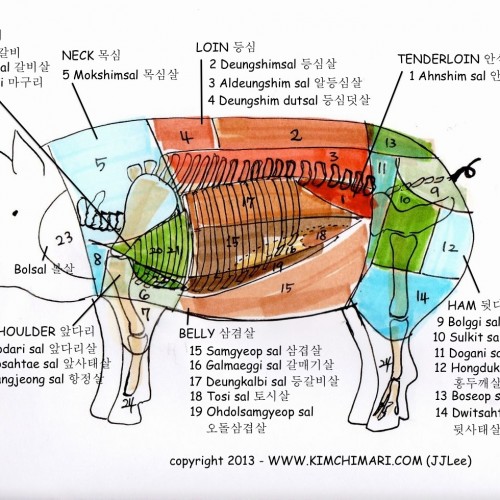
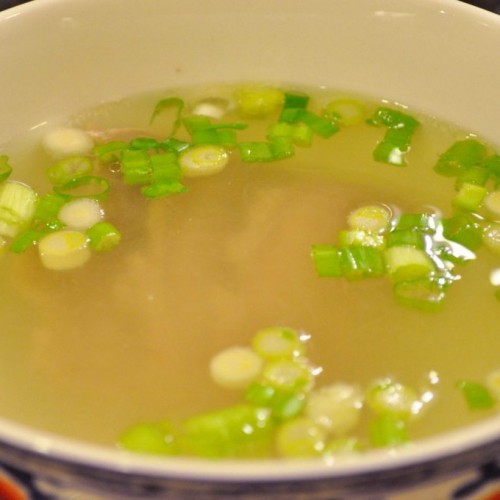
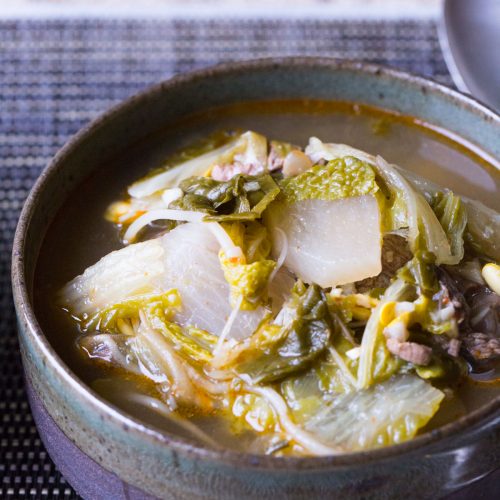
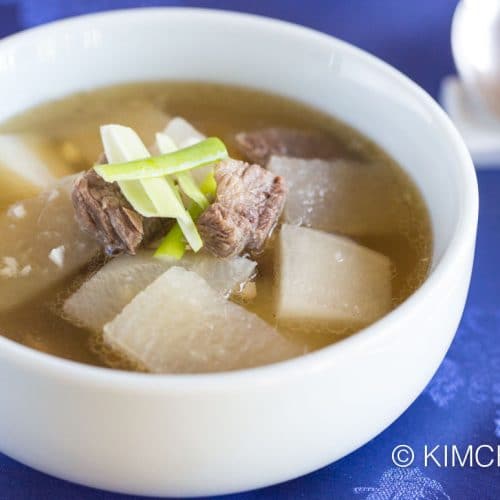
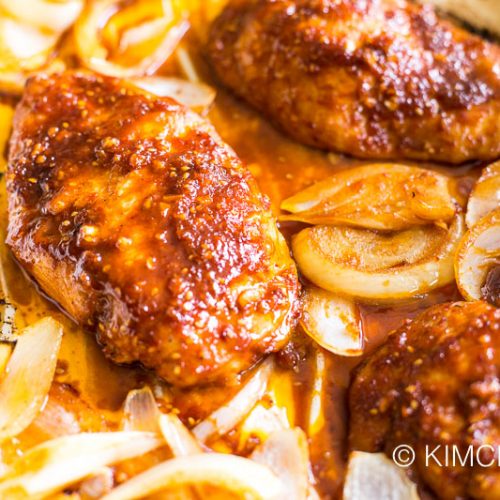
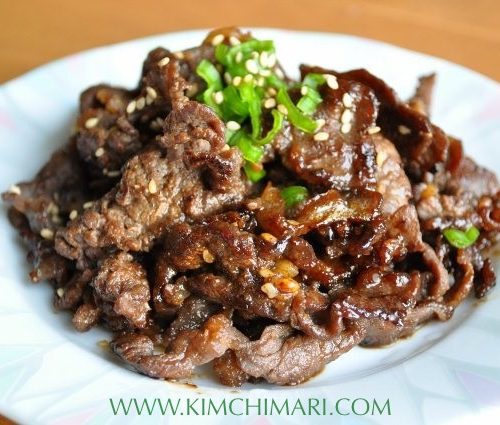
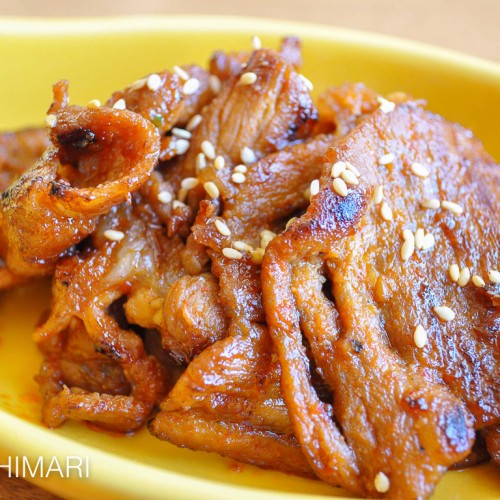
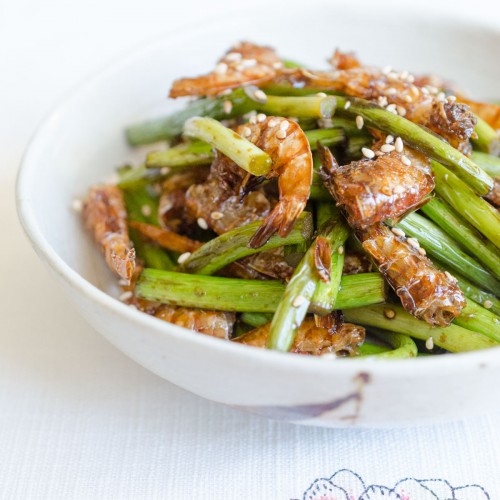
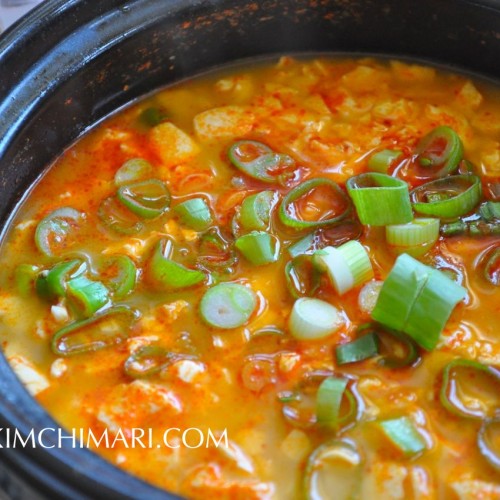
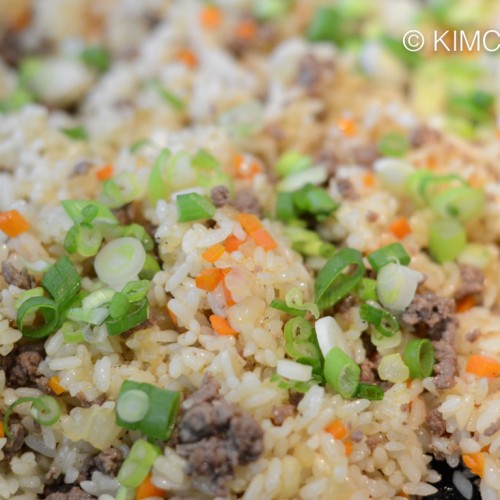

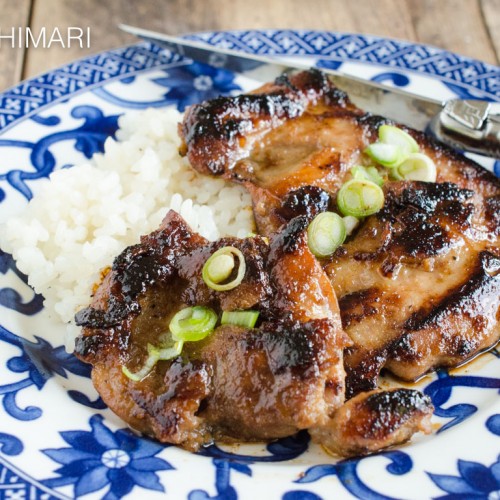
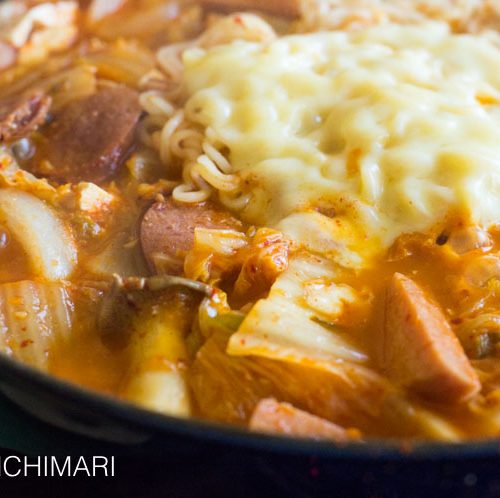
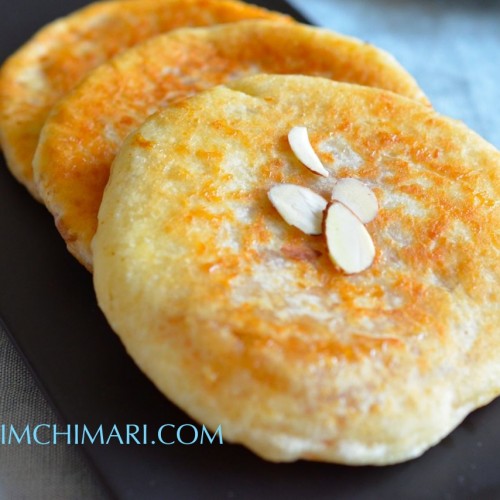






I really appreciate the time you took to do this research. My father was a butcher and a meat cutter. I tried to learn as much as possible but much of it was learned by buying primal cuts and cutting it myself. Most of the individuals that work in the supermarket meat department don’t know anything about cuts of meat or what part it comes from. Since my memory fails me (although I’m only 52) I carry a beef chart with written cuts and the different names. I don’t go wrong usually. Since I just found a Korean market that sells whole fish and also meat your info will be very helpful to me. Some I can identify by sight and since I have helped in butchering my own cow, pig and deer I have an idea as to how the cuts should look. I am looking forward to your book and wish you all the best. Again thanks.
Thank you..It feels wonderful to hear that the info was helpful to you. I plan to continue the work with pork and then also fish names after I settle in Korea. My dream is to write a book on Korean cooking that is authentic but yet geared towards non-Koreans or Koreans born and raised outside of Korea who may have little or no basic knowledge about Korean foods while also having limited access to Korean ingredients. Please stay tuned!
A good article to accompany watching the middle episodes of the TV series Les Grands Chefs, where Sungchan and Bongjoo compete to find and butcher the best cow!
Nice! I don’t think I have ever watched Les Grandes Chefs… I will have to now. Thanks for stopping by!
It’s one of the best Korean dramas, I think. It’s available on Drama Fever and Hulu as Gourmet.
Great post. When I moved to the West coast from NY decades ago, I found that my favorite steak, top sirloin, was called New York steak everywhere in the country except New York! I stopped reading labels and learned to look at meat. Now I get great deals by shopping cross-culturally; things westerners don’t want are cheap at Safeway and expensive at the Korean market, like tendon meat. But I’m going to study this post until I recognize everything!
Thank you J! Exactly!! this all started because I bought some brisket from Costco and tried to use it in my soup. You are very smart to shop cross-culturally by the look of the meat. Pictures of the meat would have been great too but I realized it would have made the post just too long…I do have more data on this subject and I hope to have it all in my book someday…(if that ever happens..;) )
Ooh, a book! I can’t wait! I really want a kimchi book -I put up my 9th and 10th batches this weekend, one baechu and one pumpkin. I think I enjoy making kimchi more than anything.
So amazing! Pumpkin kimchi? I have actually never had that..so interesting!
Your blog is so helpful! I’m so glad I came across it. I was wondering if you could give me any tips for keeping galbi fresh after it’s been cooked. We’re throwing my son’s first birthday party and wanted to serve it but we’re concerned how the galbi will taste by the time guests are able to eat it. I don’t want my husband grilling over a hot bbq after the guests have arrived. Do you think it will be okay if we grill it in the morning and just keep it in the oven to stay warm until the guests arrived? My husband and mom are concerned that the meat will dry out. What has your experience been? I guess I should mention we are expecting about 30-50 people. Thank you!
Hi! Sure, you can grill them ahead and warm it up later in the oven. I have kept them warm in the oven for an hour or so, covered and it’s fine. It may dry out if you keep it in the oven too long though. I would recommend that you leave them at room temp and start warming them up in the oven about 30 min before you serve them(300?) make sure u keep them covered. Warming them up in smaller batches is prob better. You can also store leftovers in the fridge and heat them up by frying them in a pan. Also a good idea to cook the kalbi a bit less when you grill so it finishes cooking when you warm them up. Serve in smaller amounts or serve in a chafing dish since you are serving many people. Kalbi will harden pretty quickly because it’s so fatty.
Excellent post 🙂
Thank you so much!! And thanks so much for linking my posts in your blog –
This is a very awesome and informative post.. You’ve done the internet a service.
I make American southern bbq for a living (in korea!) and i get confused with the korean names of the cuts. Hope you stick around bc this page is bookmarked.
Thank you for the comment! That post took a lot of work but I am glad to hear that it was helpful. I am not going anywhere so don’t you worry!
Btw I also have a Know your pork cut! post if you need it.
Yes, excellent post. Thank you.